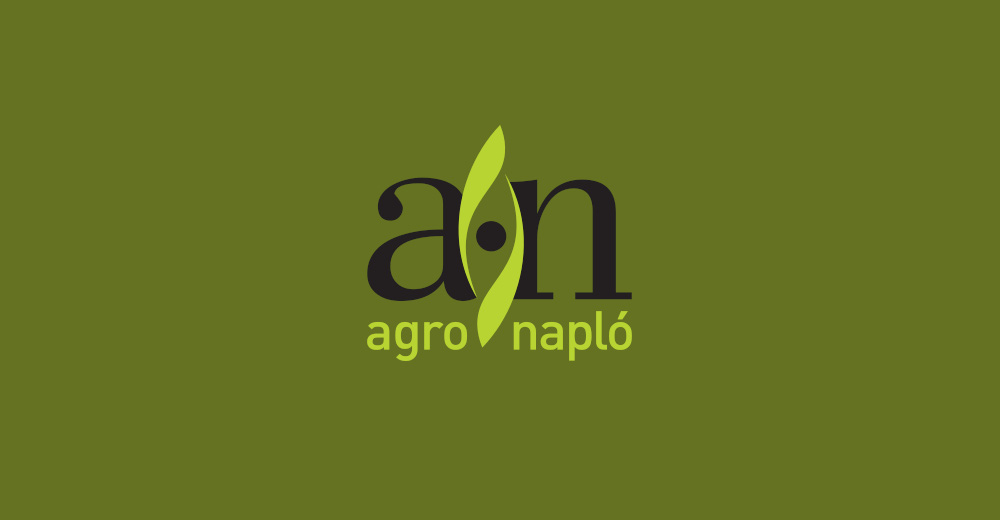Agro Napló • 2023. január 28. 18:39
Since the start of Russia's invasion of the whole of Ukraine in February 2022, there have been concerns over a global food crisis.
These were primarily linked to product shortages and the blockade of Black Sea ports, which hindered Ukraine from exporting agricultural goods (mostly wheat). In July 2022 an agreement was reached allowing ships to transport agricultural goods from Ukrainian ports.
In 2021, Ukraine was a particularly important origin of EU imports of vegetable or animal oils and fats (14.5% of the value of all EU imports within this product group) and imports of crops and crop products (6.0% of the EU's imports). Russia was among the principal export destinations for the EU's Food & Beverages (F&B) products (4.5% of all EU exports within this product group) and for crops and crop products (4.4% of the EU's exports).
Looking in more detail, around one-third of the value of the EU's imports of cereals in 2021 originated from Ukraine (28.8% and valued at €1.7 billion) and Russia (4.8%) combined. Ukraine also accounted for a relatively high share of the EU's imports of oil seeds and oleaginous fruits (9.9% and valued at €1.4 billion). By way of comparison, the EU produced cereals valued at € 64.3 billion in 2021, and oilseeds and oleaginous fruits valued at €15.1 billion.
More data and analysis are available in the recently updated Eurostat publication Key figures on the European food chain. This publication includes an overview of agriculture and fisheries, processing, trade, distribution and consumption of food and beverages, as well as environmental issues related to the various stages of the food chain. It also presents intuitive visualisations and innovative data presentations.
This publication responds to interest in the European Commission's Farm to Fork Strategy, which is an integral part of the European Green Deal that sets out to make Europe the first climate-neutral continent by 2050.

